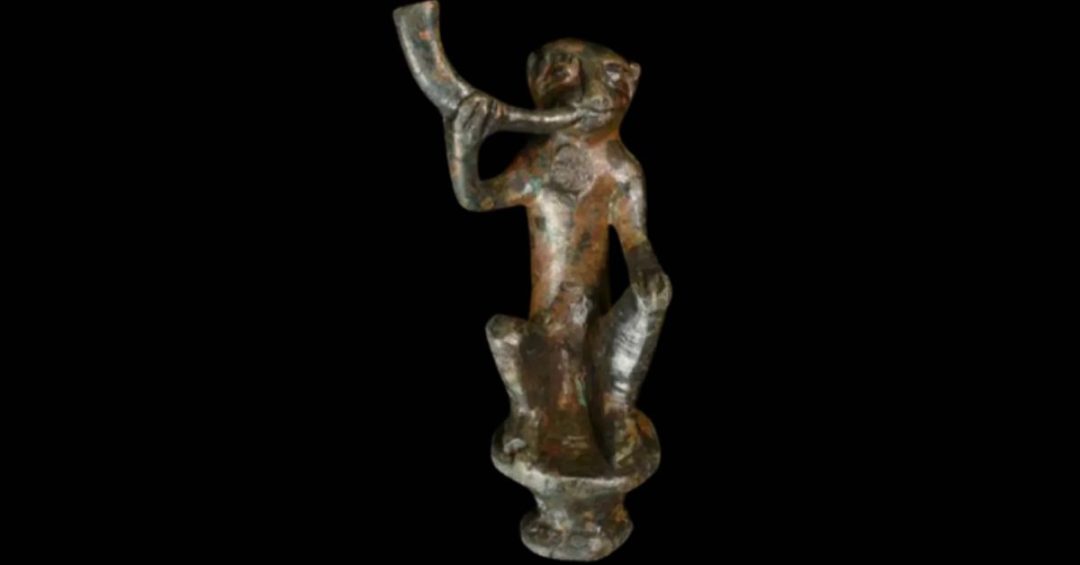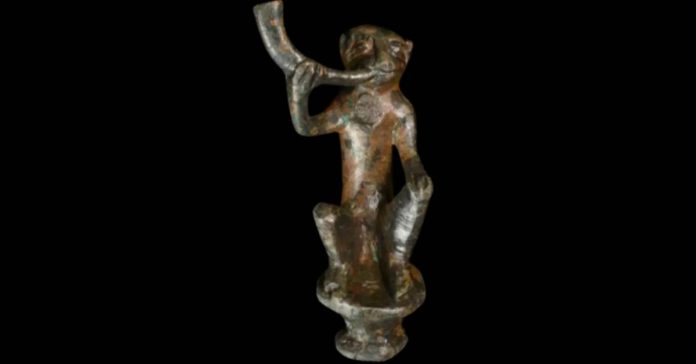A medieval church excavation in Germany has revealed a trove of unusual artifacts, shedding light on centuries of history. The discoveries, recently announced by officials, include an enigmatic monkey figurine, ancient coins, and other relics.

In a press release on January 31, the State Office for Heritage Management and Archaeology (LDA) of Saxony-Anhalt detailed the findings from the Marienkirche excavation in Gardelegen, Germany. Originally built around 1200, St. Mary’s Church underwent excavation between June 2022 and September 2023 as part of preparations to install underfloor heating in the sacred building. While the project concluded last year, the findings were only publicized in early 2024.
During the excavation, archaeologists and volunteers removed a 145-square-meter section of the wooden floor and dug approximately 40 centimeters into the ground. Officials noted that areas beneath church floors often yield lost coins, prompting a thorough investigation.
Over the course of several months, researchers unearthed 1,000 artifacts spanning seven centuries. Among them were 679 coins and coin fragments, along with garment pins, animal bones, ceramics, metal fittings, and book clasps. Particularly intriguing were three dice, which officials remarked were unusual finds in a religious setting.
One of the most striking discoveries was an 8-centimeter-tall monkey figurine made of leaded bronze, found in the church’s nave. Medieval perceptions of monkeys were largely negative, as they were often associated with sin and immorality.
The LDA press release noted that the figurine was “immediately restored” in their workshop and sparked debate among researchers. “Is it a monkey with a drinking horn or a musical instrument?” officials pondered. Depictions of monkeys in medieval churches were not uncommon, often portraying them playing board games, making music, mimicking human behavior, or entwined in vines and tendrils. By the late Middle Ages, these creatures were increasingly seen as demonic figures symbolizing human sin and excess.
The excavation highlights the valuable contributions of volunteers in preserving archaeological heritage. “Saxony-Anhalt has a dense network of volunteers who, in coordination with the State Office for Heritage Management and Archaeology, take on well-defined tasks in archaeological heritage management,” the statement concluded.

